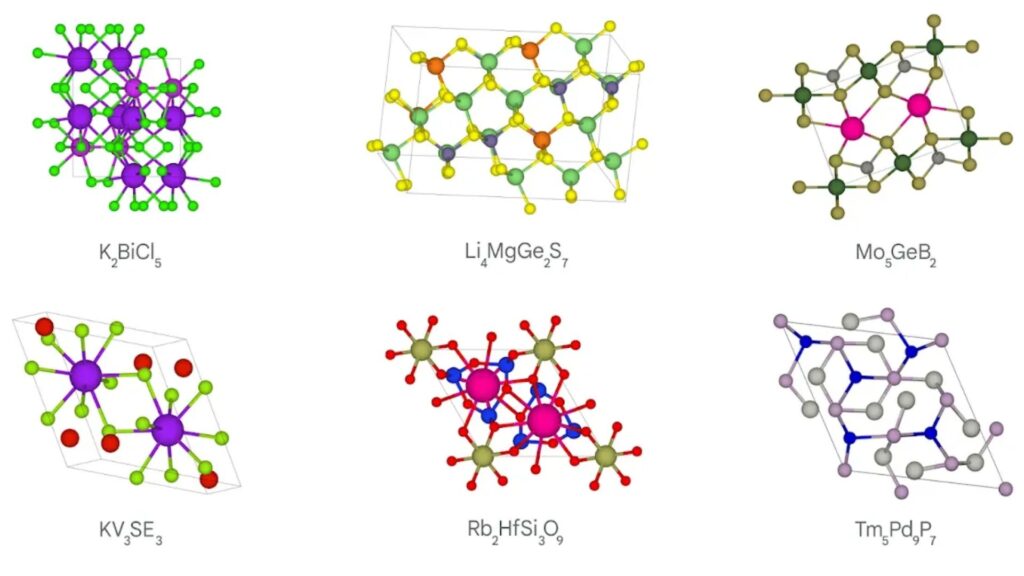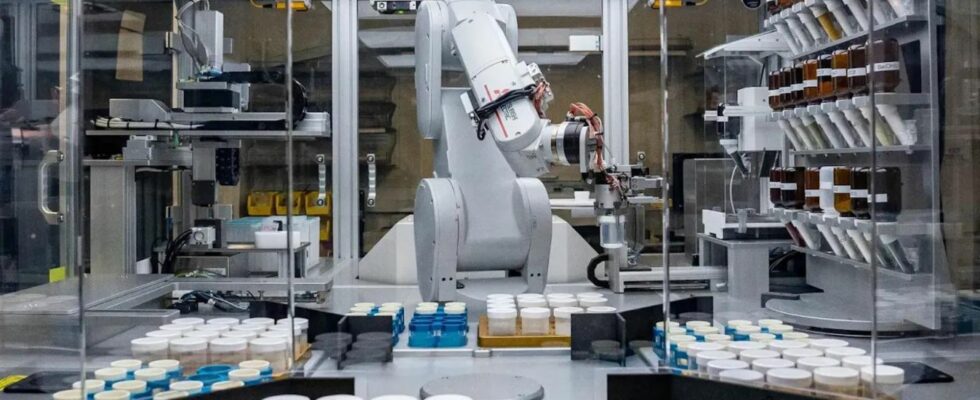Google DeepMind has published a study that details how their new algorithm, GNoME, enabled the discovery of 700 new materials currently being tested in the laboratory. They could be used in the energy sector.
This technology invented by Google DeepMind is called Called graphical networks for material exploration — GNoME. In a paper published in Nature on November 29, 2023, we learn that this artificial intelligence made it possible to predict the structure of 2.2 million materials, of which 380,000 are promising, and of which 736 were finally able to be confirmed and tested in the laboratory at this day.
The system is based on that of AlphaFold, this algorithm capable of predicting the structure of proteins, and which was already serving as a small medical revolution since it can accelerate the discovery of drugs. The GNoME algorithm, on the other hand, focuses on materials. “ Although materials play an essential role in almost all technologies, humanity knows only a few tens of thousands of stable materials », Explained Dogus Cubuk, head of materials discovery at Google DeepMind, at a press conference.
New materials for batteries, solar panels…
But how do we discover materials? Usually, scientists make combinations of elements from the periodic table. But it’s not a dice game, the number of possible combinations is dizzying, they don’t come out of nowhere. They use existing material structures and then, in small steps, make changes until new combinations are obtained.
This is where GNoME comes in. The Google DeepMind algorithm accelerates these recombinations, using its machine learning training (using massive data from the Materials Project). To make the discoveries relayed in the paper published in Nature, a billion structures — “crystals” — were generated; then GNoME evacuated those already known as well as those the least stable. Ultimately, the algorithm was able to generate the structures of new materials. The last step, however, remains human, since it involves testing the stability and usefulness of these new materials in the real world. Moreover, a second paper published in Nature the same day, from Berkley Lab, a partner of DeepMind, showed how it was possible to integrate the GNoME algorithm into an automated system – a robotic laboratory.

For DeepMind engineers, it is clear that this technology can help improve and accelerate innovation in certain sectors, and in particular the energy sector – for example with materials for solar panels, for batteries. DeepMind notably cites promising discoveries concerning conductive materials for lithium-ion batteries; a possible improvement in the circulation of electric current is not trivial for the material part of this type of technology.
“ To build a more sustainable future, we need new materials. GNoME has discovered 380,000 stable crystals that offer the possibility of developing greener technologies, from better batteries for electric cars to superconductors for more efficient computing “, boasts Google DeepMind on its website. “ Our research—and that of our collaborators at Berkeley Lab, Google Research, and teams around the world—shows that it is possible to use AI to guide the discovery, experimentation, and synthesis of materials. »
Subscribe to Numerama on Google News so you don’t miss any news!
